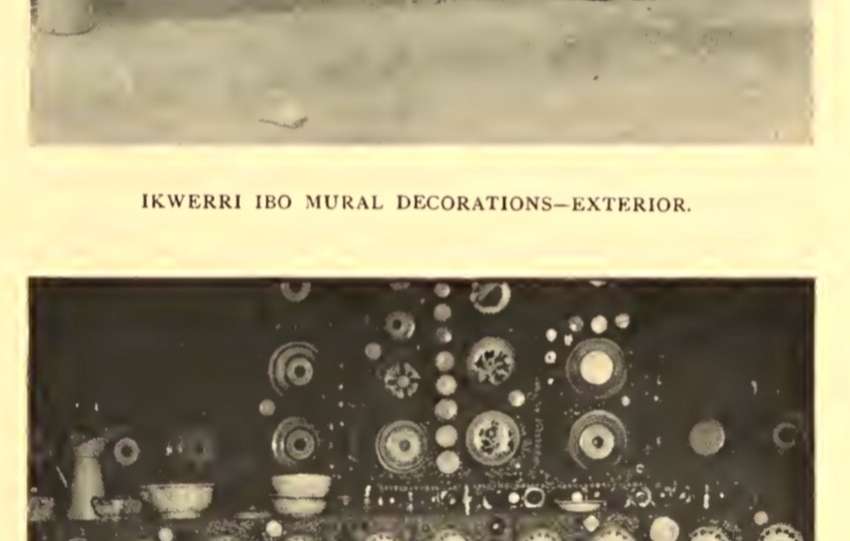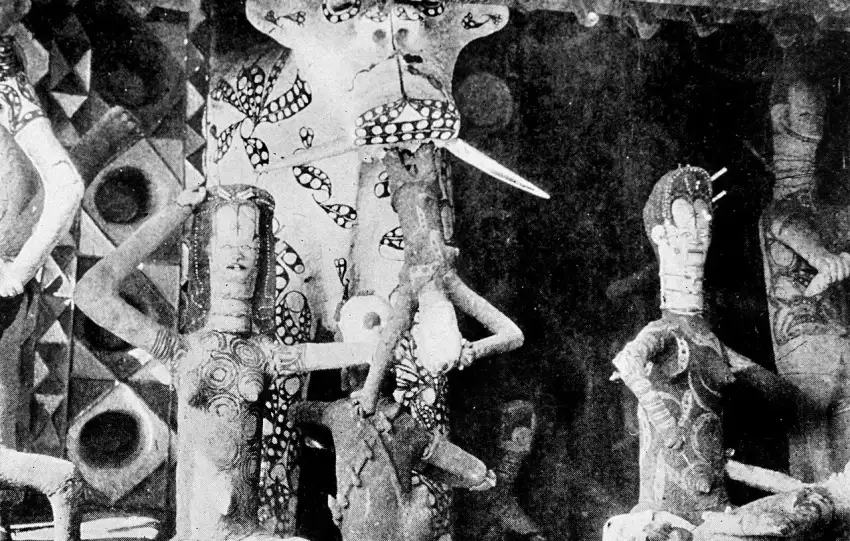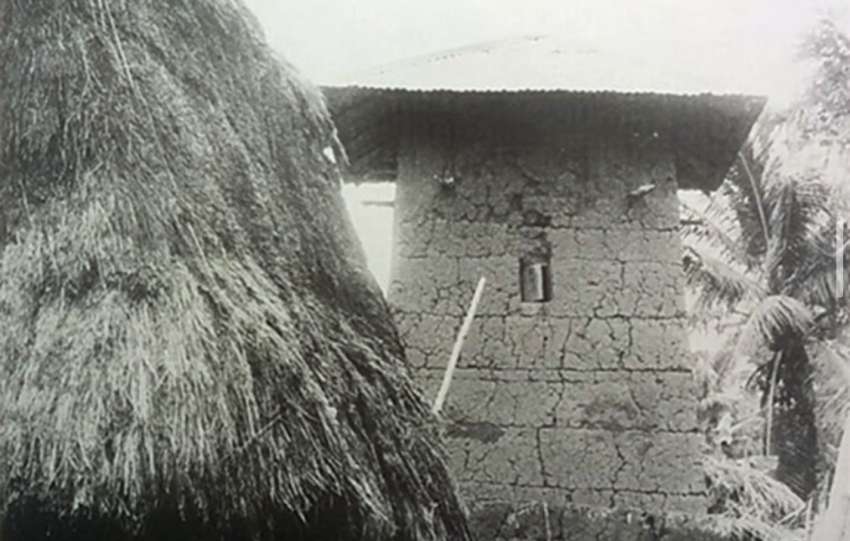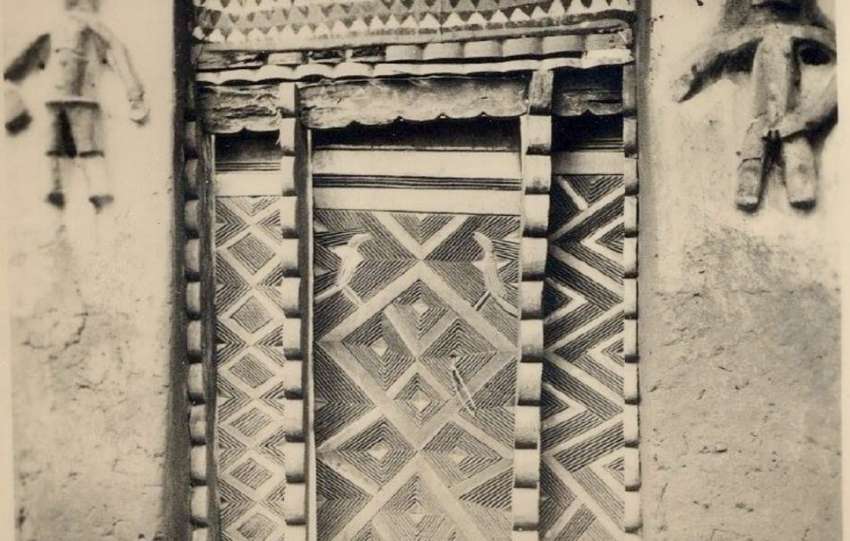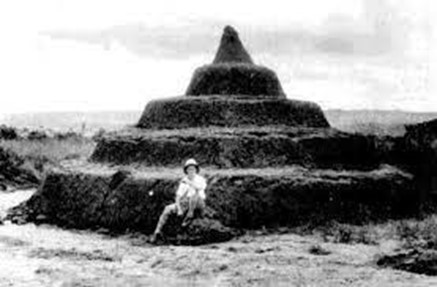
The Nsude Pyramid (Nkpura) Shrine is an archaeological site near the modern-day Enugu community of Nsude, in southeast Nigeria.
The Nsude Pyramid was built by the indigenous Igbo people of Nsude and environs. The primary construction material is mud built upward in a circular manner. The exact period when the pyramid was built has not been established. The purpose of the Nsude Pyramid was mainly for spiritual ceremonies and religious rituals dedicated to protecting the village and invoking capital punishment (death) on thieves who intrude.
The pyramids are usually about 30 feet (9.144 meters) high and 40 feet (12.192 meters) in diameter at the base. Some pyramids will have up to ten (10) steps circularly ascending to the top some just five like those captured by G.I Jones.
Numerous eyewitnesses, including G.I. Jones, the Bournemouth University Archaeological team, Kenneth Murray and George T. Basden have attested to the pyramid’s existence.
In one of George T. Basden’s book, “Amongst the Igbos (1921), he visited Nsude and mentioned an incident where a Dibia (diviner) had mentioned that the diety, Uto had instructed that they build 10 large Nkpura (pyramids). The reason for the 10 as explained by Basden was because
“…there are ten quarters or extended families in the village and each was required to erect one Nkpuru. The local laterite soil was unsuitable so they were built on soft soil nearby.” – Amongst The Igbos, G.T Basden (1921)
In the 1930s, anthropologist and colonial administrator G.I. Jones captured images of the impressive pyramid-shaped temples. G.I Jone’s visit to Enugu was funded by the English Speaking Union and Southern Illinois University, with production support from the University of Cambridge’s African Studies Centre. In Nsude, he took iconic photographs of the Nsude pyramids which are available for public view today.

In 1935, the Nsude pyramids, comprising ten circular stepped structures dedicated to the Uto deity, were also documented by the Bournemouth University Archaeological team years after G.I Jone’s work had brought the site to light.

In 1938, an English Archaeologist, Kenneth Murray took on an expedition to document the Igbo culture, traditions, and archaeological sites. On his visit to Nigeria, he wrote a journal titled “The Nigerian Field”, where he wrote his account of the Nsude Pyramid. He wrote about discovering ten (10) pyramids made of solid mud that were located 1.25 miles (1609.34 meters) from Nsude but were hidden by open terrain. He mentioned they are circular, 27 feet in diameter, 18-19 feet high, in two rows and twenty yards apart. He was told by the natives that it was a protective Juju called “Uto” and was responsible for invoking capital punishment on thieves.
The Nsude Pyramid (Nkpura) is a testament of the architectural prowess of the Igbo people, it tells of their ingenuity in crafting and creating advanced architecture beyond the regular mundane structures.
Today, the Nsude pyramids are no longer visible due to weathering (because it is made up of mud), natural erosion and lack of maintenance. However, traces remain from the foundations of the areas where the pyramids existed and from oral stories in the areas.
Reference:
- “G. I. Jones, Photographic Archive of Southeastern Nigerian Art and Culture | World History Commons”. worldhistorycommons.org. Retrieved 2023-08-10. “Jones Archive | Southeastern Nigerian Art & Culture”. Retrieved 2023-08-10.
- Basden, G. T. (1 February 2013). Among the Ibos of Nigeria: 1912. Routledge. p. 109. ISBN 978-1-136-24849-8. Retrieved 25 October 2023.

